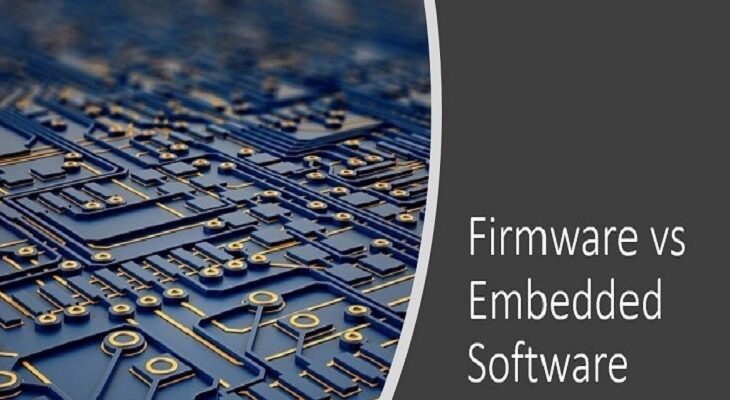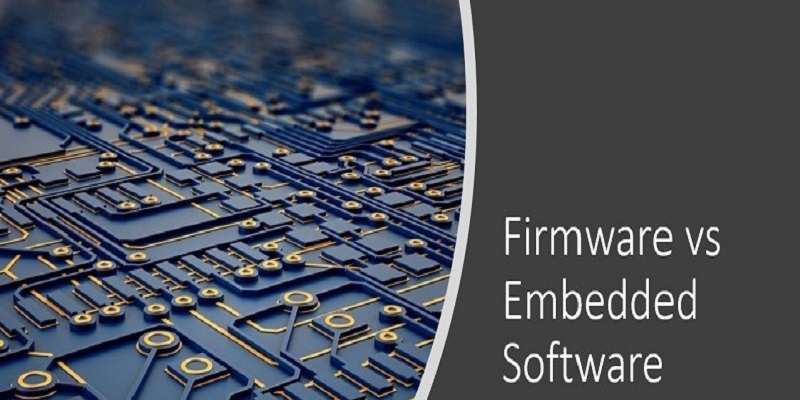The world around us operates on complex sequences of coding and integrated hardware that enables the proper functioning of the instructions. Basically, in any electronic object that you take, there is a computer behind it. A computer carries out both mathematical and logical operations in a sequential manner to produce an output. Sometimes, a computer can be more than your monitor, CPU, and mouse. Even a simple thing as a calculator is a computer in a technical sense. So, what makes these ‘computers’ operate intelligently? It is because of the hardware and software and their interaction. The crucial part is the Embedded Hardware and Embedded Software Development and associated firmware.
So, let us understand the difference between firmware and embedded software.
What is Firmware?
The definition of Firmware has seen a lot of changes over time. Initially, it was software that was stored in EPROM (Erasable programmable read-only memory), or on EEPROM (Electrically erasable). EPROMs can be erased with the help of ultraviolet rays and EEPROMs with the help of external circuits. Therefore, any software stored in this method becomes permanent and is not transferable.
You can typically see firmware in devices that has only a single purpose or operation. These are the most basic level of software commonly found in video and network adapters, disk drivers, and as well as other peripherals like printers and storage devices.
What is Embedded Software?
Similar to firmware, embedded software is made for a particular device. A business works with reputed Hardware and PCB design companies to get their embedded hardware ready. Once the hardware is designed, it has to be implemented on a Printed Circuit Board (PCB) to run.
Embedded software has all the programs in the file system of the device. Only when the system is called upon for execution, the program gets loaded onto the RAM and is processed by the microprocessor. Embedded software is responsible for carrying out all the higher-level functions of the device while firmware takes care of low-level processes like converting analog into digital signals. It is mainly programmed with Javascript, Python, or C++.
Nowadays, the distinction between firmware and embedded software has thinned. It depends on the design of the device and one may perform the work of another.
Application of Firmware & Embedded Software
To paint a clear picture of how firmware and embedded software work together, here is a practical example of its usage.
LED television
With the rise of High definition television format, all televisions required the help of microprocessors to take the incoming signal and process the RGB values for each pixel of the display. In this step, the firmware was responsible for converting the digital audio input into analog output to the speakers.
The smart television does have firmware that handles the communication between the remote control and networks. However, smart tv runs on an operating system and this OS would have pre installed software. Each one of the preinstalled software can be referred to as the embedded software of the device. Because of the embedded software, the user interaction with the device is magnified. Due to the increase in intelligent devices, the need for embedded software development services has increased manyfold in the industry.
Get in touch with Sunstream. We are a reputed industrial design company that provides a wide range of quality IT solutions from Product conceptualisation to Mechanical design, Electronic hardware design, PCB layout, Embedded software development, Board bring up, and associated Application development.





 +1.585.935.7123
+1.585.935.7123 +91-804-148-6861
+91-804-148-6861